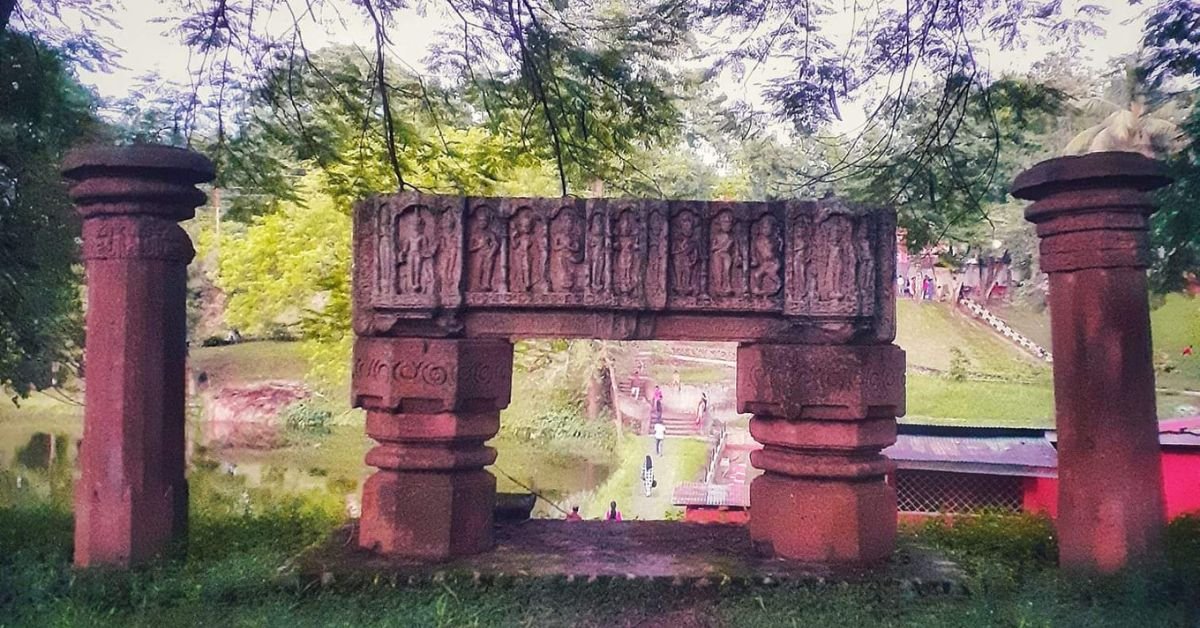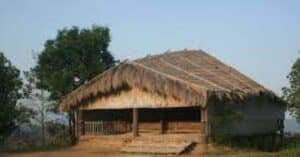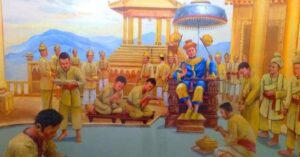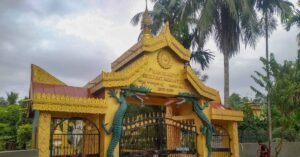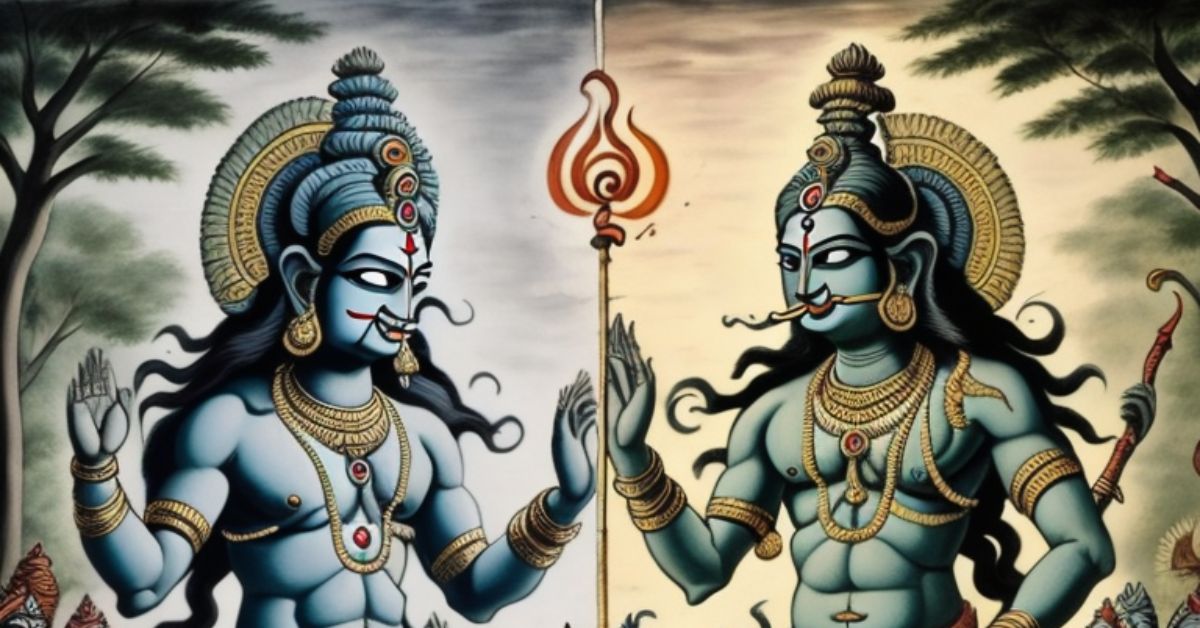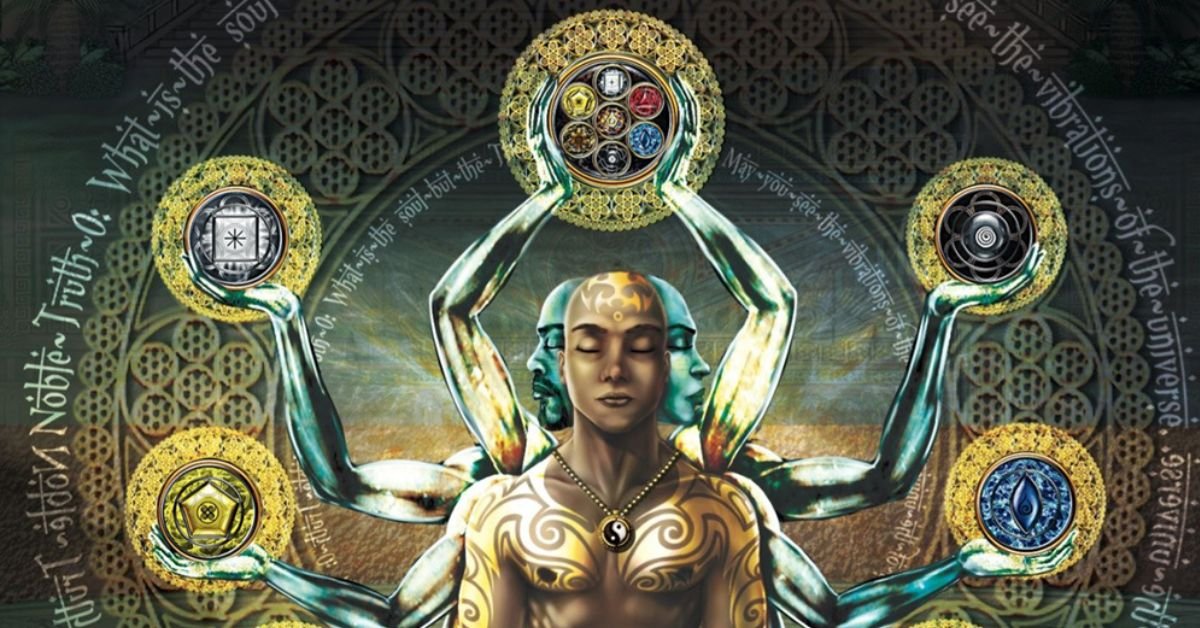Tezpur, situated in the Sonitpur district of the Assam state in India, is a town that can be found along the Brahmaputra River. It is positioned 175 kilometers (109 miles) to the northeast of Guwahati and stands as the most significant city on the northern bank of the river. Tezpur is situated at an altitude of 78 meters above mean sea level. Tezpur is located in between Himalayan foothills of Arunachal Pradesh in the north and the Brahmaputra river in the south.
Why Tezpur is Called City of Eternal Romance?
Tezpur is renowned for the enduring mythological love story of Usha, the daughter of King Bana, and Prince Aniruddha, the grandson of Lord Krishna. Tezpur is affectionately known as the “City of Eternal Romance” because of this tale.
The love story of Usha and Aniruddha
According to the prehistoric literatures and folklore of Assam , there used to king named Banasur, a great ruler of Danav dynasty. He had beautiful daughter named Usha. Oneday, Usha saw a handsome prince in her dreams and fell in love with him. However, she couldn’t find him in real world. Chitralekha, Usha’s best friend who possesses mystic powers was a talented artist. On request of Usha, Chitralekha painted a portrait of the prince from Usha’s description and recognised him to be Aniruddha, the grandson of Lord Krishna who was the ruler of Dwarka in Gujarat. With the help of her mystic powers, Chitralekha at on request of her friend Usha flew to Dwarka one night and brought Aniruddha to Usha’s palace while he was sleeping. As Aniruddha opened his eyes next morning and saw Usha, he immediately fell in deep love with her. That is why, Tezpur has been called city of eternal romance.
Why Tezpur is Called City of Blood?
In Assamese language, the word ‘tez’ means blood. Tezpur literally means city of blood. The love story of Usha and Aniruddha is the reason behind naming Tezpur as city of Blood. The story of Usha and Aniruddha didnot stop at loving each other. Banasura, the king and the father of princess Usha, was livid when he discovered his daughter’s love for Aniruddha and resorted to extreme measures. He held Aniruddha captive and used snakes to restrain him. Usha, on the other hand, was imprisoned within a fort surrounded by a wall of fire, famously known as Agnigarh (now a heritage theme park for tourists).
In contrast, Lord Krishna, the ruler of Dwarka, approved of the union between his grandson Aniruddha and Princess Usha. Lord Krishna hoped to reconcile with Banasura by endorsing the marriage, but Banasura vehemently refused to accept the proposal, further escalating the tension in this dramatic love story.
The War Where Blood Flowed Like Rivers
Banasura who happened to be a great devotee of Lord Shiva received boon that the Lord Shiva will help him whenever in need. King Bana therefore raged war against Lord Krishna wherein Banasura and his army couldn’t withstand the power and warfare tactics of the Lord Krishna’s army. King Banasura ultimately sought help of Lord Shiva as a result of which a war took place between the Lord Krishna and Lord Shiva. This battle is known as the battle of Hari-Hara (Hari means Lord Krishna and Hara means Lord Shiva). The deadly war resulted in the flow of rivers 51 of blood. Therefore the city of Tezpur was named so which means city of blood in Assamese.
What Happened to the Story of Usha and Aniruddha
Accoring to religious texts and folklore of Assam, the war stopped after Lord Brahma intervened requesting both the sides to stop the war. Finally, love of Usha and Aniruddha won and they united. This story of eternal love between Usha and Aniruddha finds expression in many stories, novels, dramas, dance-dramas and movies in Assam.
Besides,Tezpur is also called the Cultural Capital of Assam. Know why.
Tezpur is often referred to as the cultural capital of Assam due to its rich and influential cultural heritage. The town has been the birthplace and home to several renowned cultural icons, including Jyoti Prasad Agarwala, Bishnu Prasad Rabha, and Phani Sharma. These three stalwarts made significant contributions in the fields of music, drama, literature, and the freedom movement, shaping the cultural landscape of Assam. Tezpur’s cultural significance is further highlighted by its historical theaters. the first Theatre hall of Assam Baan Theatre and the first Assamese cinema hall called Jonaki Hall are situated in Tezpur. These two places played pivotal roles in fostering the region’s artistic and cultural development.

